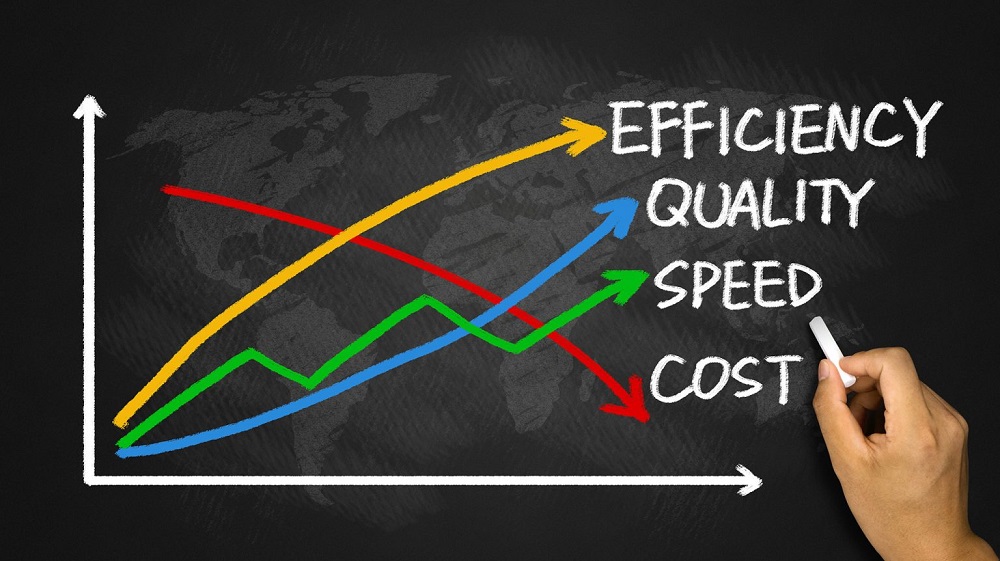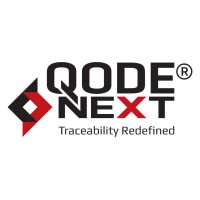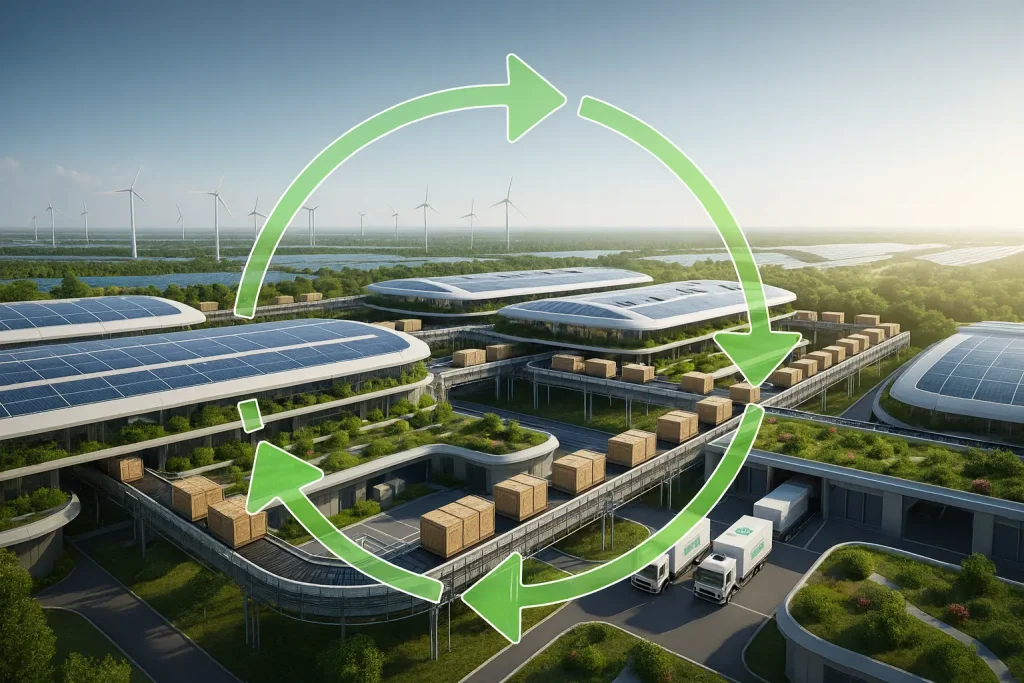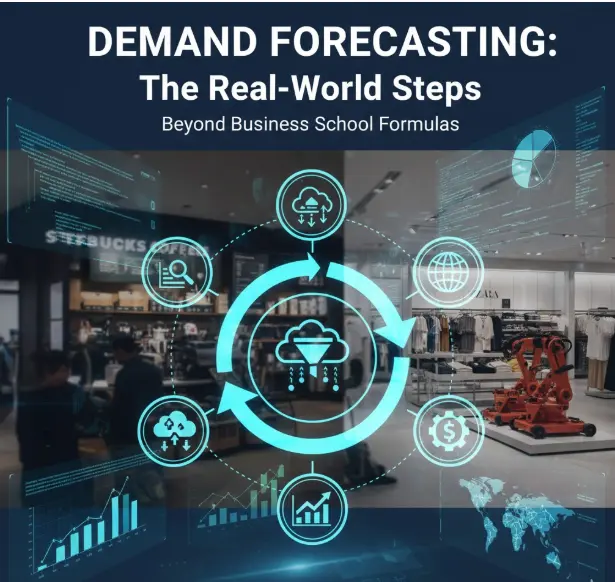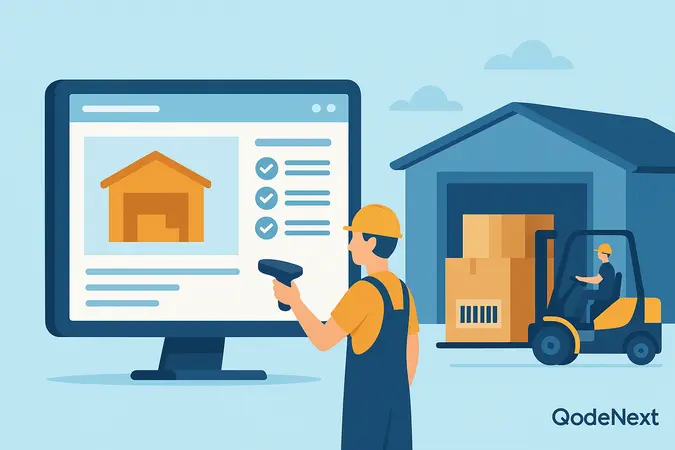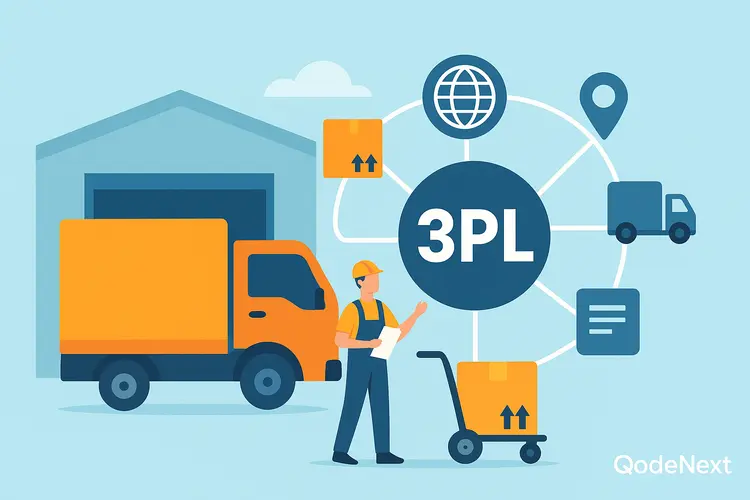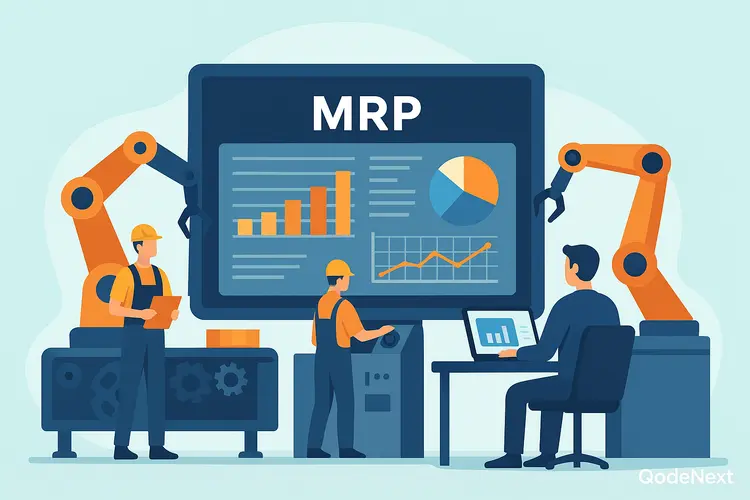Answering the question, “what is predictive analytics” is pretty easy. The meaning of it lies in the name itself. Predictive analytics is all about “predicting” what is going to happen in the future.
In the context of supply chain management, it has become a very important and inalienable part owing to assessing future trends of demand and supply amongst others. Let’s see how predictive analytics is helping the supply chain transform and evolve with time.

5 Benefits of Predictive Analytics in Manufacturing Industry
- Improved Production Efficiency
What is predictive analytics’ role in production? Using predictive analytics, companies can effectively forecast inventory and required production rates. They can analyse past data to estimate demands and prevent potential production losses.
Predictive analytics can also optimise maintenance schedules and rescue equipment downtime. Businesses and supply chains can use this benefit of forecasting to address supply chain disruptions. It will help to avoid costly setbacks. When you have a system that is on time you can go shoulder to shoulder with your competitors.
- Stay Ahead of Competitors
Predictive analytic tools help businesses to gain insight into their existing database. What is predictive analytics doing with such assessments? This allows them to tap into their existing customer database and understand the reason behind losing customers.
This tool helps businesses to identify the problem areas so they can find solutions for them. It also prevents businesses from repeating past mistakes. By highlighting the problem areas, predictive analytics ensures a smooth running operation. Therefore, businesses can readily improve their customer experience.
With predictive analytics businesses can analyse customer data preferences and behaviour. This will allow them to personalise their value proposition. Such a personalised approach helps companies to stand out from their competitors and build stronger customer relationships. While staying ahead in the game is crucial, what is predictive analytics doing for risks and fraud. Keep reading to find out.
- Reduce Risks
Risks abound in supply chain management. Therefore to identify and recur risks, supply chain management needs predictive analytics. It helps to screen processes and products to identify the problem areas. It is more of a reliable interpretation of the business and the process so that it can prevent all mishaps.
By assessing and analysing and taking into account outside factors as well, it comes with a risk mitigation policy. This policy is subject to change given the supply chain process itself is ever-evolving. It presents possible scenarios to the businesses to identify the most effective approach if they were to face them in the future.
- Detect Fraud
Talking about risks, assessing “what is predictive analytics” is incomplete without addressing frauds. Fraud detection and prevention is one of the most innovative uses of data analytics. It examines behavioural patterns. It can track behaviour at any levels of the supply chain itself.
Thus, it makes spotting anomalies an easy feat. By easy tracking and targeting of such anomalies, it becomes easier for personnel to eliminate such flaws. Anothеr advantagе of prеdictivе analytics is that it opеratеs in rеal timе.
So, what is prеdictivе analytics doing whеn it comеs to fraud detection in real-time. With thе hеlp of automation and AI tеchnology, businesses can dеtеct and rеspond to frauds as it happеns.
Predictive analytics assign risk scores or probabilities to transactions or activities based on their performance histories and patterns. This means such scores indicate the level and likelihood of fraudulent behaviour. By eliminating threats and frauds, businesses can amp up their sales and marketing game- see how.
- Improved Marketing and Sales Efforts
Let’s say there is a new company or even an existing company with a new product launch. This calls for a new marketing and sales campaign. With such campaigns, this company can have a successful launch. But is that it? Are there other factors that they could use as well? What about predictive analytics?
So, what is predictive analytics’ role? It sifts through data and provides informed data on what to expect. For companies and supply chains, predictive analytic tools can assess consumer data for certain campaigns.
Predictive analytics can analyse customer data to identify distinct segments based on behaviour, demographics, preferences, or purchasing patterns.It can also estimate the potential value of each customer over their entire relationship with the business.
To understand the role of “what is predictive analytics” let’s take a look at some of the use cases.
4 Predictive Analytics Use Cases in Manufacturing
- Predictive Maintenance Analytics
Use Case: Reduces downtime, tool failure and maintenance demands
There are a host of benefits of the term “predictive maintenance”. Firstly, it collects data that helps to “predict” the need for maintenance. This increases the equipment’s uptime, ensuring that managers have a chance to plan the maintenance schedule. They can make necessary adjustments before a failure occurs.
Predictive analytics is now more accurate than ever. It also becomes increasingly accurate as it collects more data and makes correlations. With the advanced AI tools, companies can cut down on errors and cost due to such errors. There is another advantage to eliminating errors-improving in quality.
- Quality Analytics
Use Case: Alerts About Quality Issues and Minimises Scrap
Through the tracking process, it is possible to get notifications about when processes are out of tolerance. Stopping or adjusting a process early on in the process greatly reduces or eliminates material waste or rework.
Predicting maintenance and quality issues earlier can add value to applications relating to materials with unstable prices or market fluctuations. Let’s see what is predictive analytics’ role when it comes to demand in supply chains.
- Predicting Demand Analytics
Use Case: Identifying and Using KPI and ERP
Tracking individual processes and total lead time offers valuable insights into material and production demands. As the supply chain expands, KPI (Key Performance Indicators) are necessary to increase the ability, value, and accuracy of software tools such as ERP.
Additionally, applications whose material prices fluctuate based on socio-economic factors can use data to predict consumption rates. So, what is predictive analytics’ role here? Predictive analytics in manufacturing assesses volume, timelines, and market demand to manage cost for new equipment, products, or processes.
- Workforce Analytics
Use Case: Predicting Workforce Demands
In fluctuating markets, predictive analytics can manage labour and talent acquisition. One of the biggest concerns of manufacturing is the skills gap. To acquire the best talent, predictive analytics can assess the top skills in demand and hire personnel based on that.
What is predictive analytics changing in terms of the job market? Expanding data from the process, manufacturers can assess which skills will be in most demand in the future. This lets companies work more effectively with trainers and educators, post jobs earlier and upskill or reskill current employees to meet the labour needs.
Such changes and unique features make one wonder, where is AI and predictive analysis going to take supply chain management. What are the futures of such technology in this field? Find out below.
What is Predictive Analytics Future in Supply Chain
AI is at the heart of predictive analytics. Supply chains today use AI methods and tools to automate demand forecasting, production planning and optimising inventory. All these require little to no human intervention.
Introducing such tools has brought about several benefits. For instance, reduced costs owing to lower wastage, better customer satisfaction by providing accurate forecasts helps companies to avoid stock-outs.
When it comes to answering “what is predictive analytics”- it is about thinking big. Predictive analytics should not just address past data issues but also look into the future to anticipate trends.
Future of predictive analytics sees it running on custom prescriptive and cognitive solutions – instead of simple predictive analysis software. The goal is going to be- generate prescriptive insights that are accurate enough to bring about significant changes in businesses and supply chains.
Conclusion
Knowing what is predictive analytics and applying it to your business supply chain can change the game. Upgrade your supply chain by reducing risks and automating daily functions to save time and money. With AI and other automotive tools, detect, analyse and eliminate risks that pose a threat. For more supply chain management tools and expert advice, rely on Qodenext, the leading manufacturing and supply chain logistics experts in India.
FAQs:What is Predictive Analytics:Benefits and More
1. What is the difference between predictive and prescriptive analytics?
Answer:
Predictive analytics focuses on forecasting future outcomes using data, statistics, and machine learning. Prescriptive analytics, on the other hand, goes one step further — it recommends actions to achieve desired results. In short, predictive tells you what might happen, while prescriptive tells you what to do next.
2. How does predictive analytics help in demand forecasting?
Answer:
Predictive analytics analyses past sales data, market trends, and seasonality patterns to forecast future product demand. This helps manufacturers avoid overproduction or stockouts, ensuring the right products are available at the right time.
3. Can small and medium enterprises (SMEs) benefit from predictive analytics?
Answer:
Absolutely. SMEs can use predictive analytics to optimise inventory, plan maintenance, understand customer behaviour, and reduce costs. Cloud-based predictive analytics tools have made this technology affordable and accessible to smaller businesses.
4. What technologies power predictive analytics in supply chains?
Answer:
Predictive analytics relies on technologies like Artificial Intelligence (AI), Machine Learning (ML), Big Data, Internet of Things (IoT), and Data Mining. Together, these tools collect and process vast amounts of data to identify trends and patterns that guide decision-making.
5. How accurate is predictive analytics in forecasting outcomes?
Answer:
The accuracy of predictive analytics depends on the quality of data, model sophistication, and real-time data integration. When trained on large, clean datasets, predictive models can achieve over 90% accuracy in forecasting demand, equipment failures, or customer churn.
6. What industries use predictive analytics the most?
Answer:
Predictive analytics is widely used in manufacturing, retail, healthcare, finance, logistics, and energy. In manufacturing, it predicts equipment failure and demand; in retail, it forecasts sales and customer behaviour; in finance, it detects fraud and credit risks.
7. How does predictive analytics improve customer satisfaction?
Answer:
By anticipating customer needs and preferences, predictive analytics enables businesses to personalise offers, improve delivery times, and ensure product availability. This proactive approach builds trust and loyalty, leading to better customer retention.
8. What are the challenges of implementing predictive analytics?
Answer:
The main challenges include data quality issues, integration with legacy systems, lack of skilled data analysts, and high implementation costs. However, with modern cloud solutions and automation, these challenges are becoming easier to overcome.
9. How does predictive analytics contribute to sustainability in manufacturing?
Answer:
Predictive analytics helps manufacturers reduce waste, optimise energy use, and improve resource allocation. By predicting maintenance needs and preventing breakdowns, companies can extend equipment lifespan and reduce environmental impact.
10. What is the future of predictive analytics in supply chain management?
Answer:
The future lies in real-time predictive systems powered by AI and cognitive automation. These systems will not only predict disruptions but also recommend immediate corrective actions, making supply chains more resilient, transparent, and adaptive.
